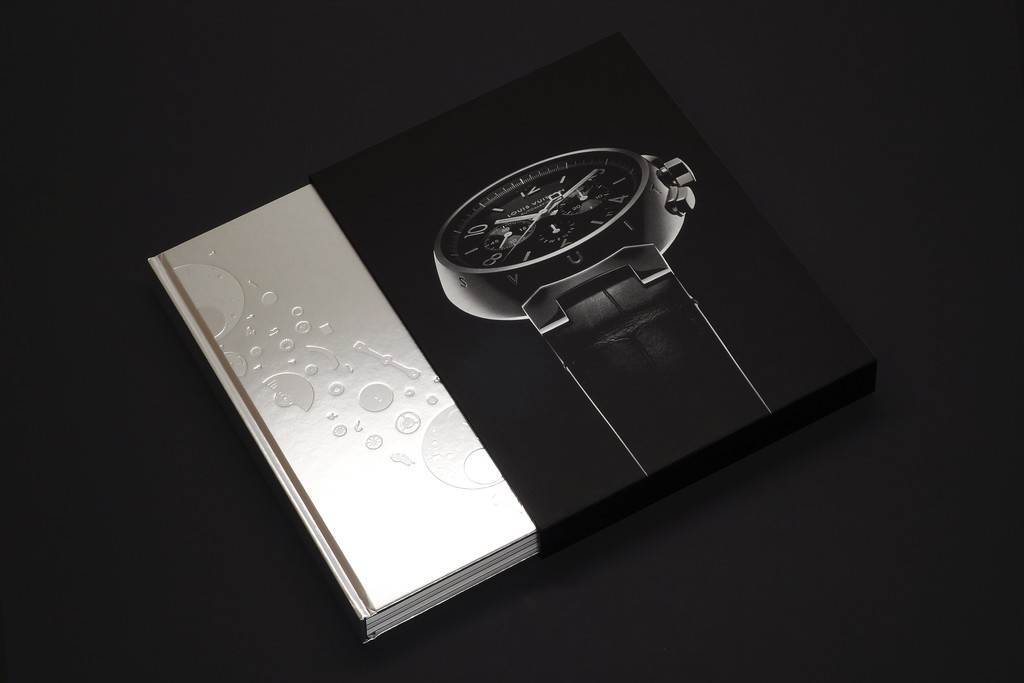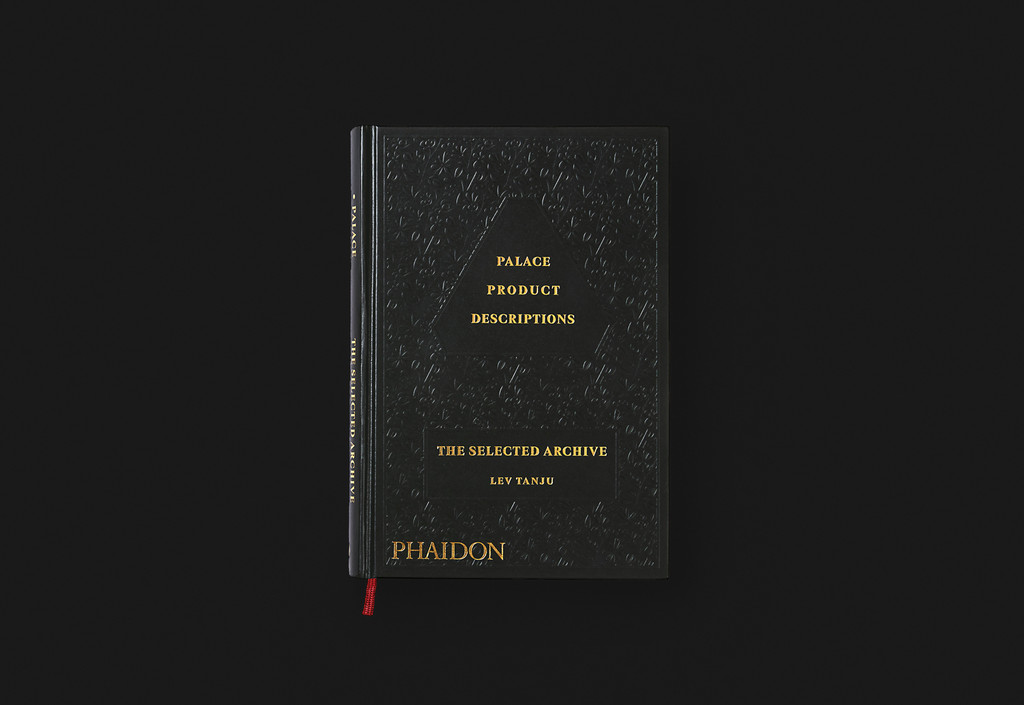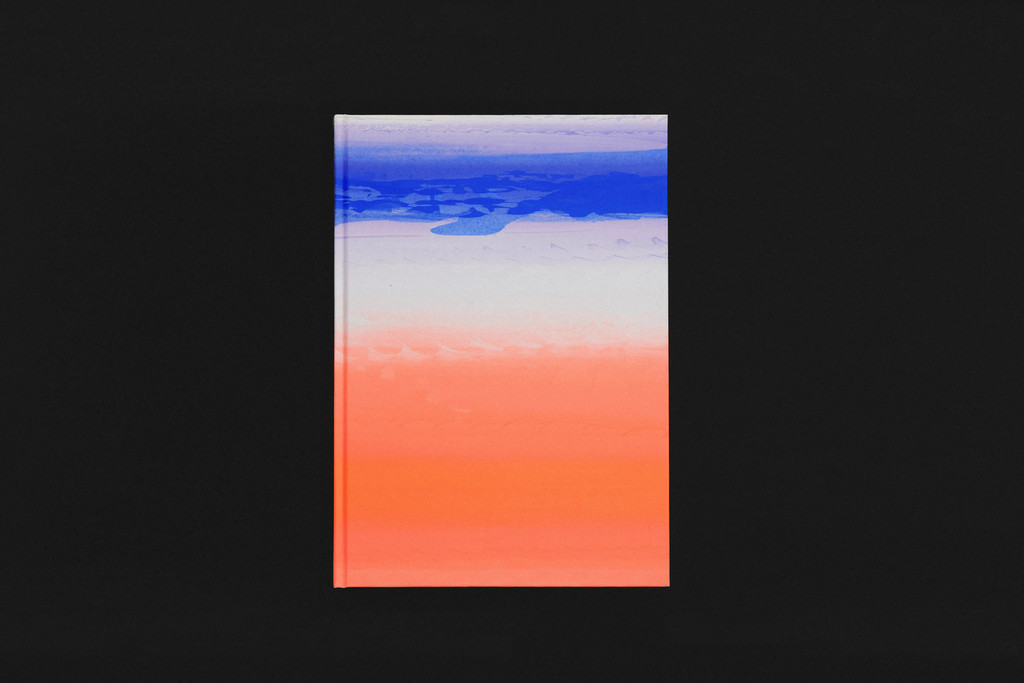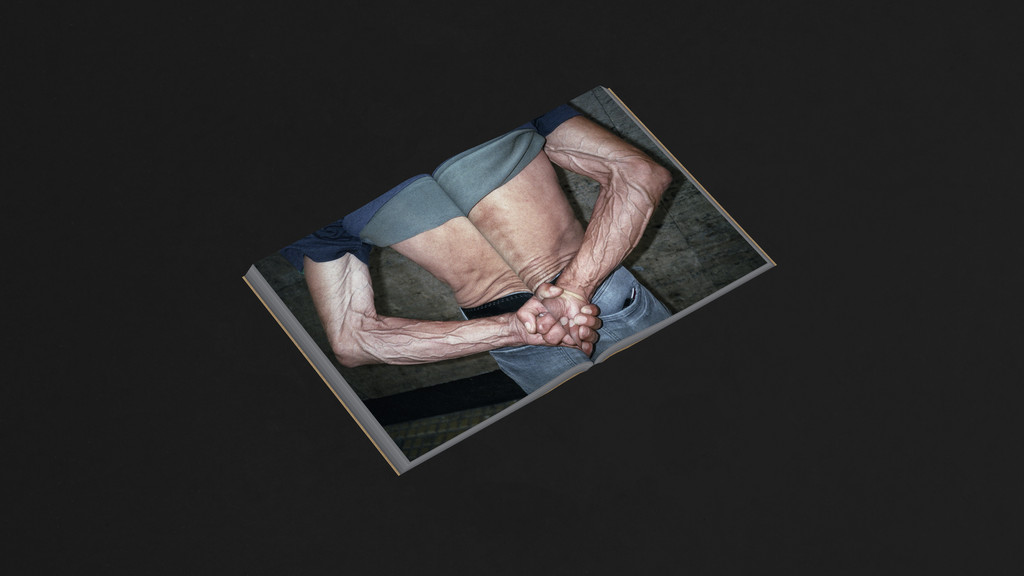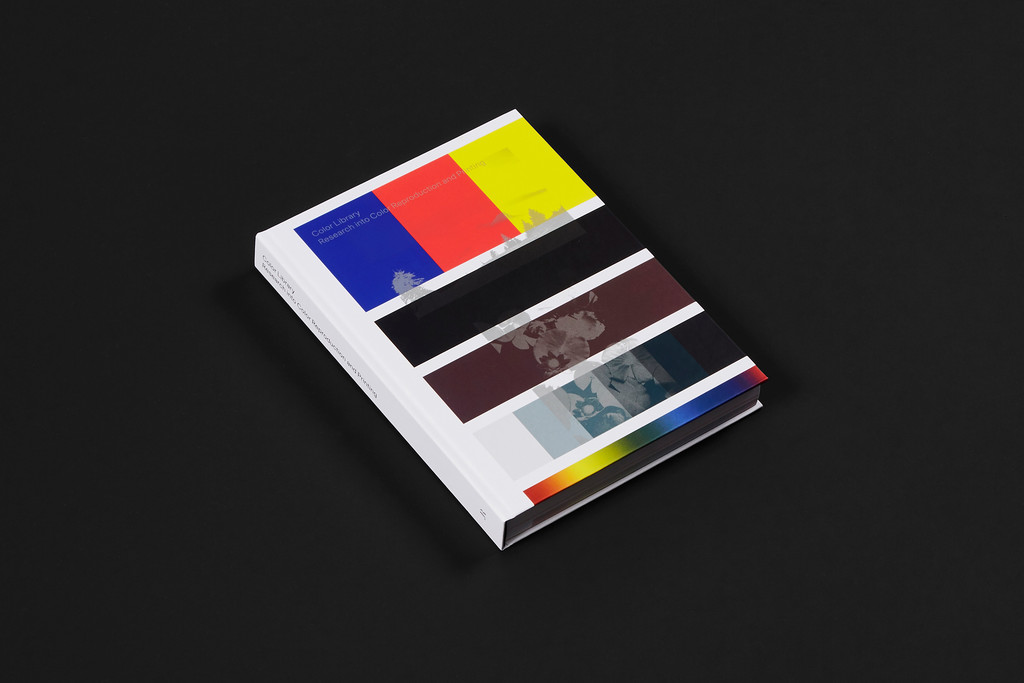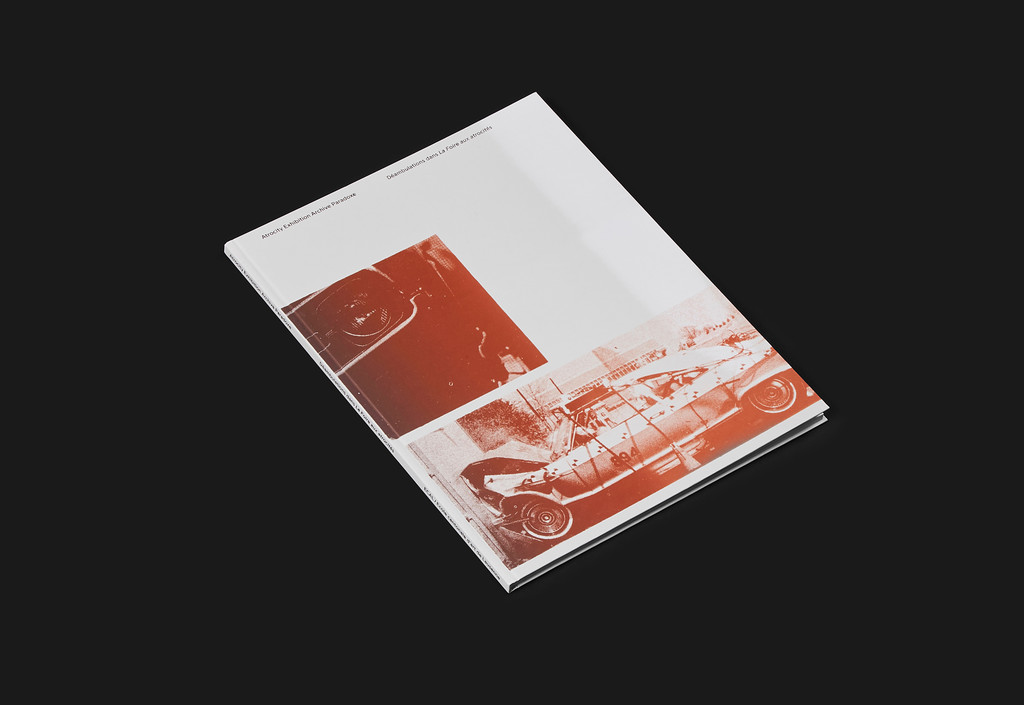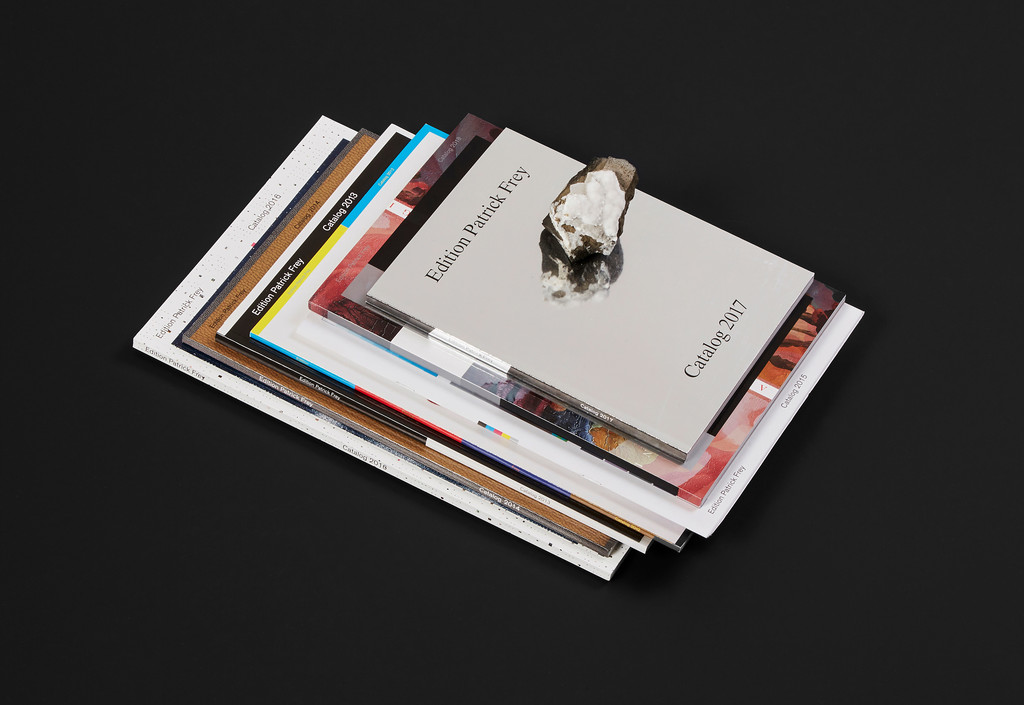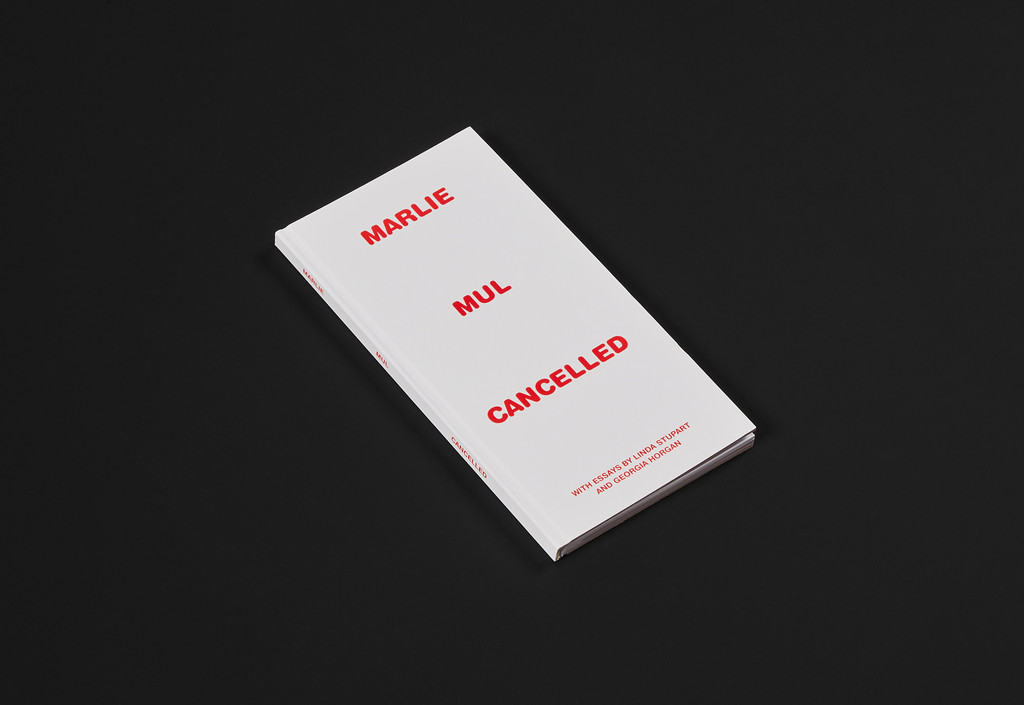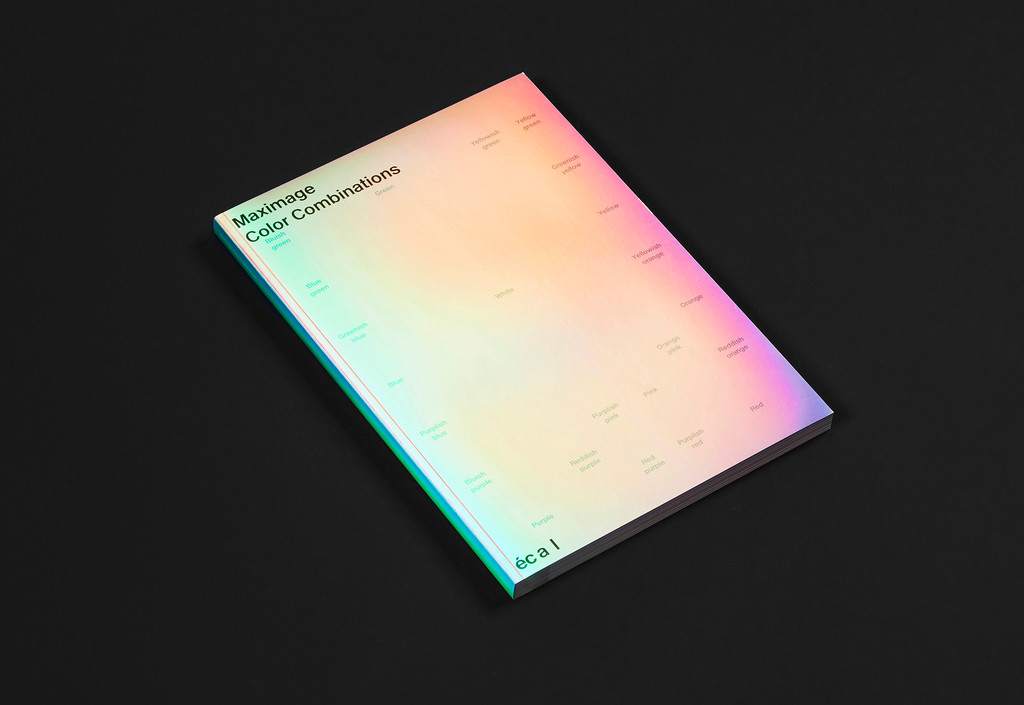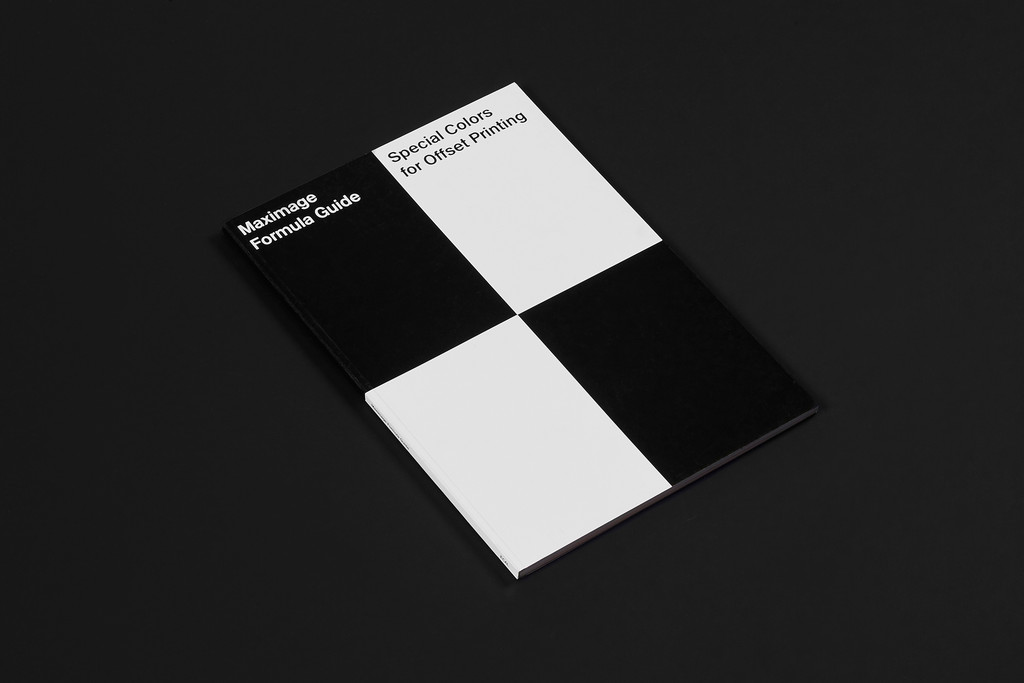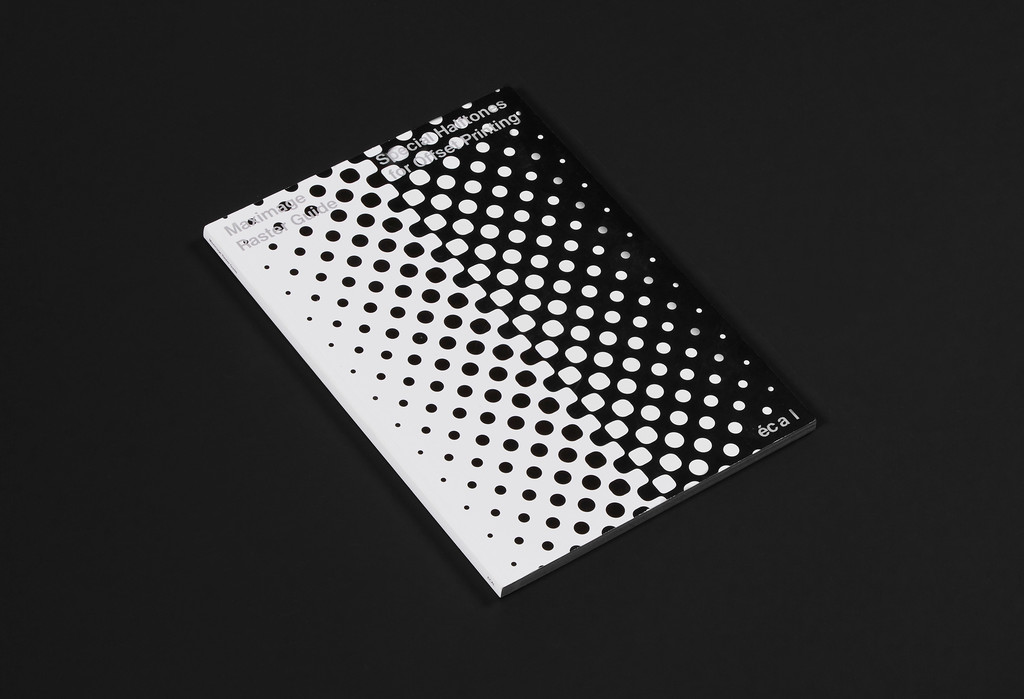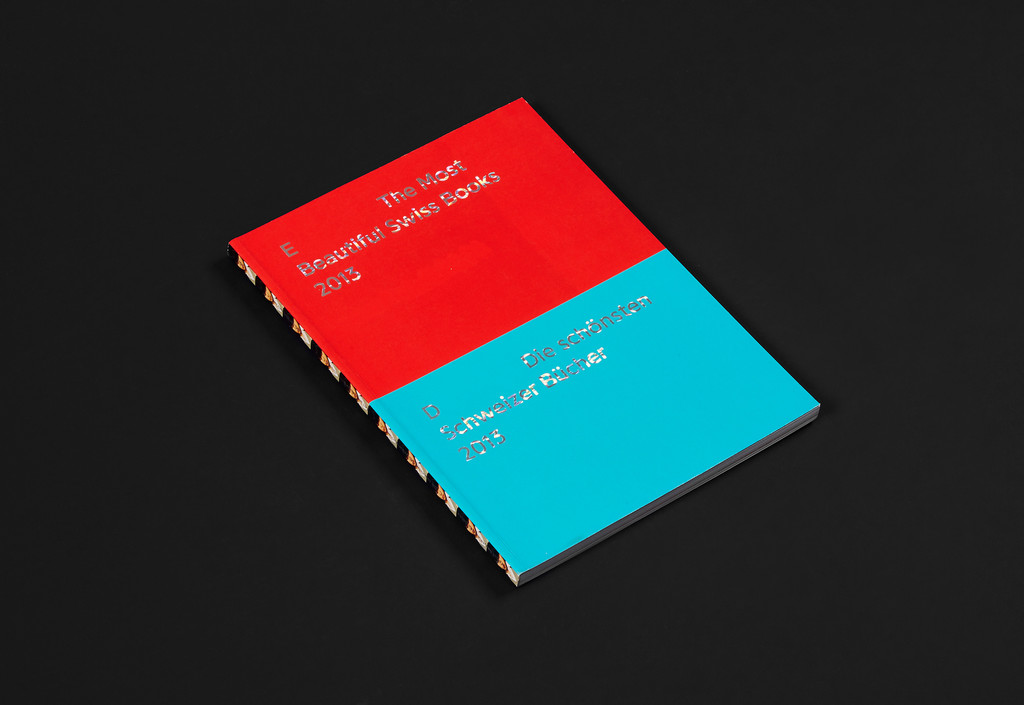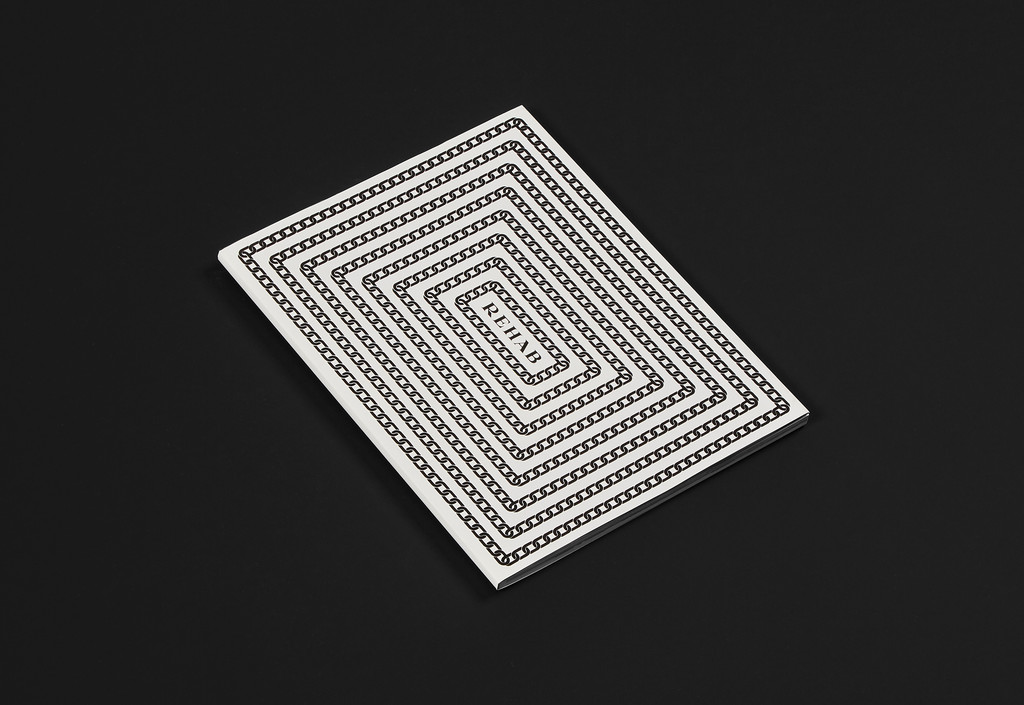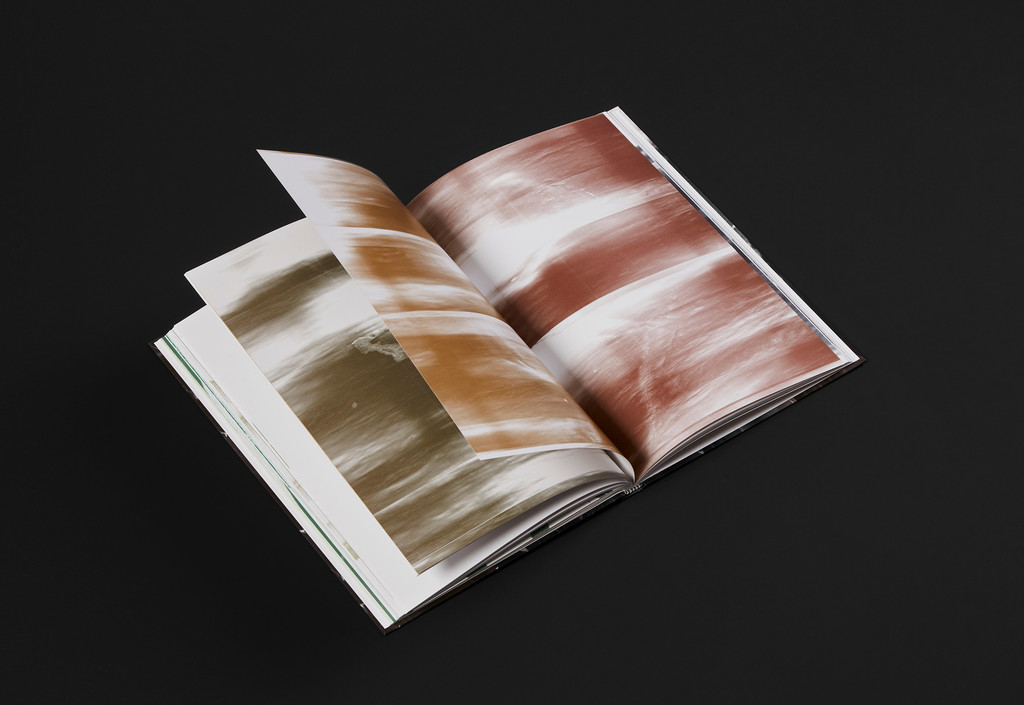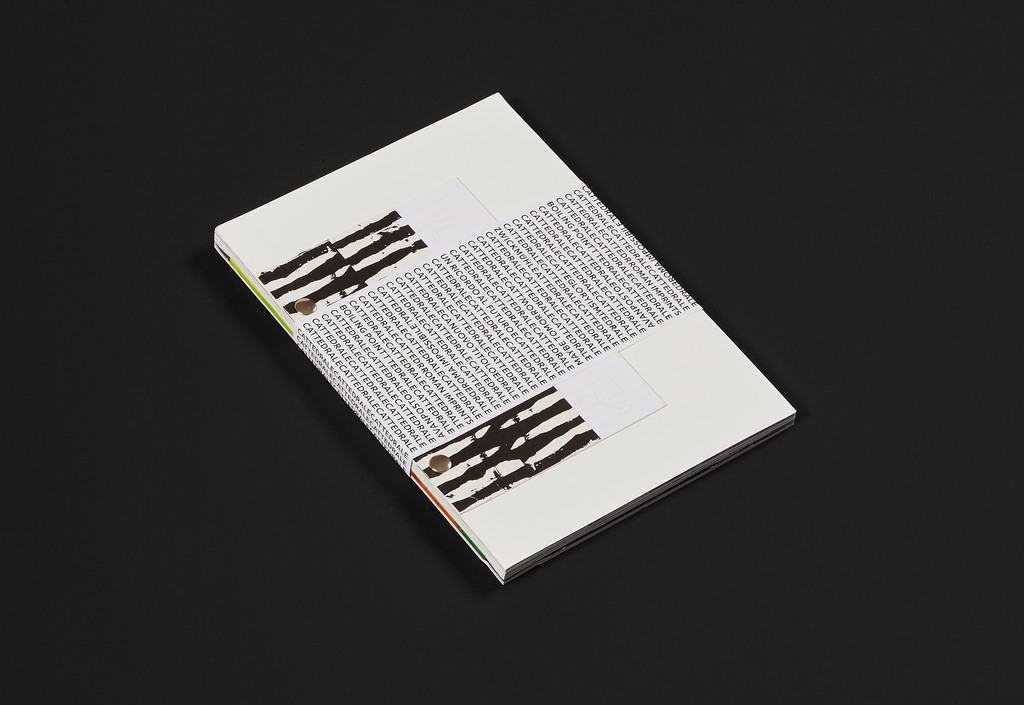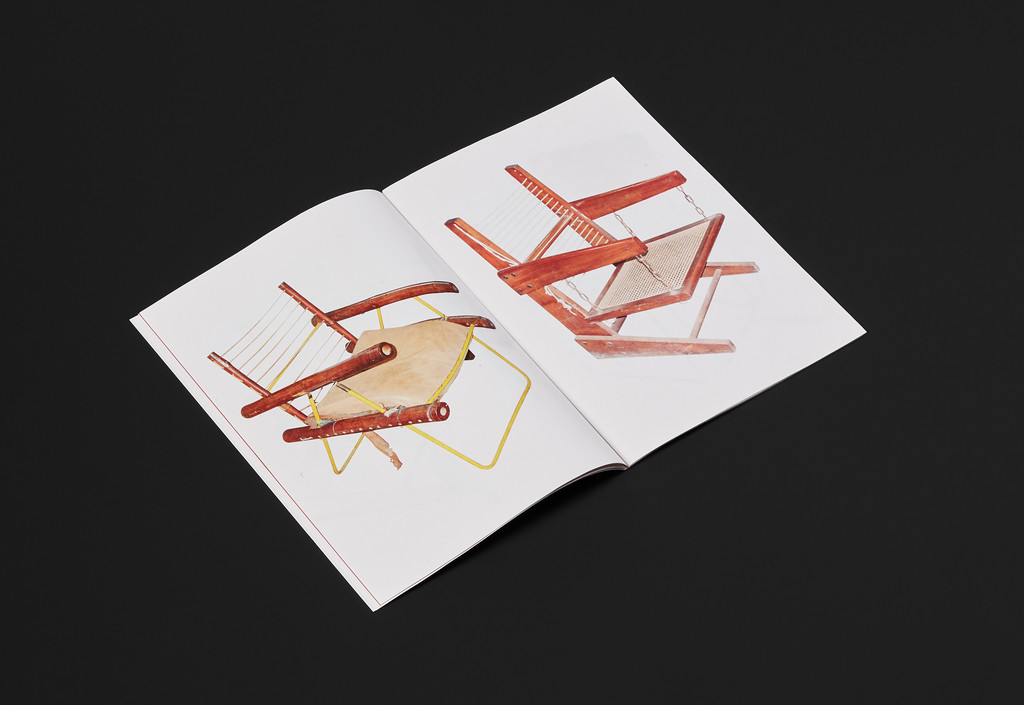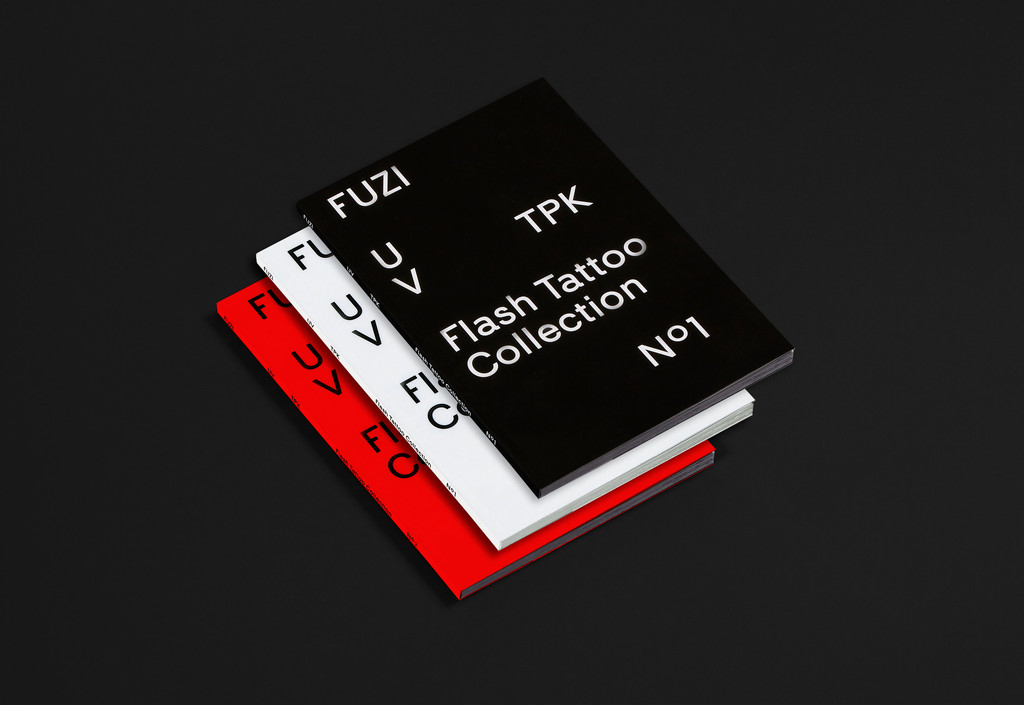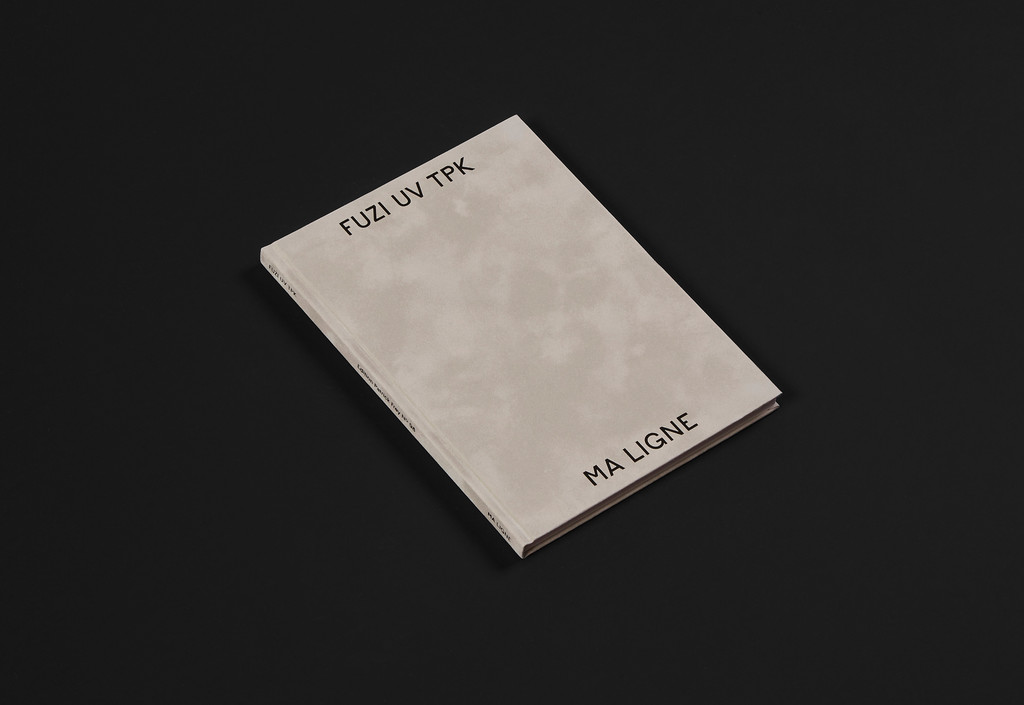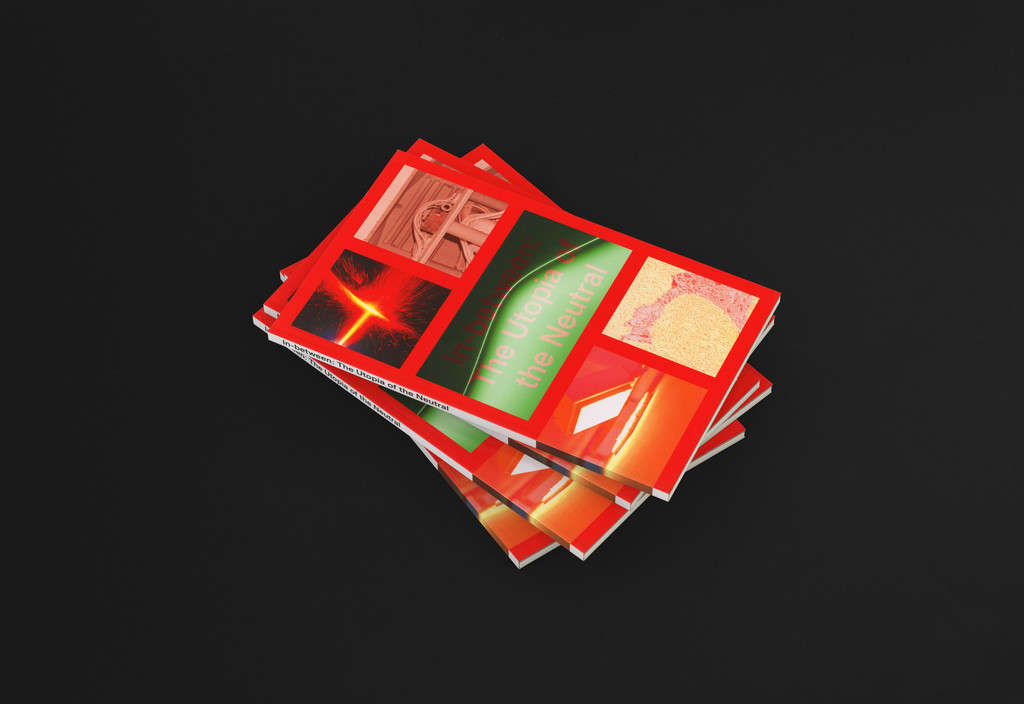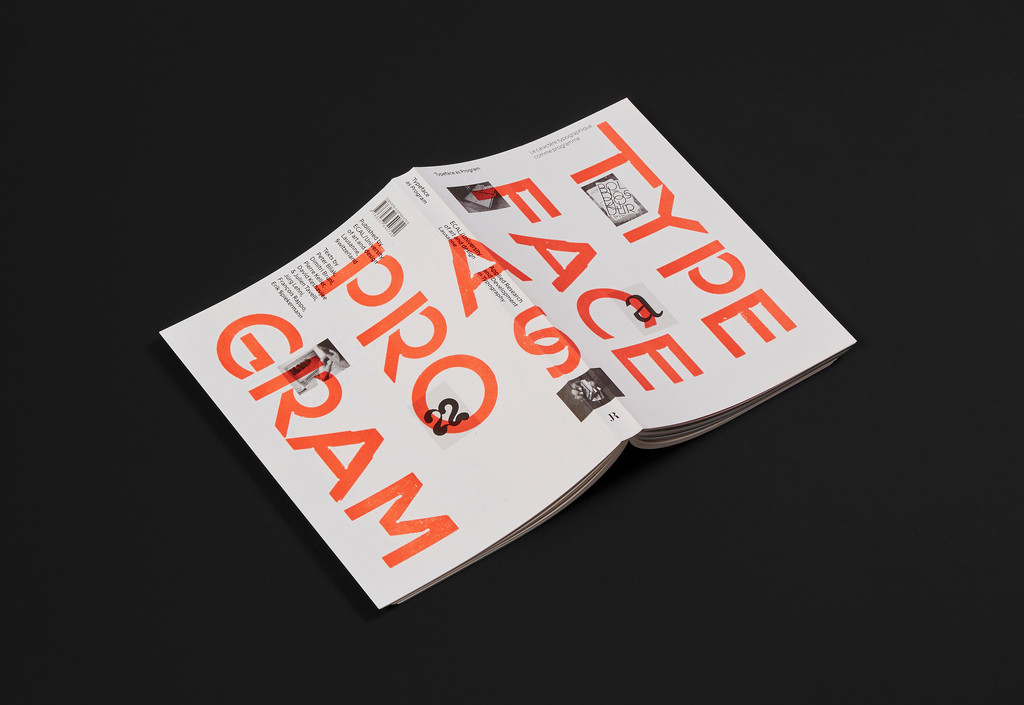Maximage is an award-winning design studio based in Switzerland.
It offers a large area of expertise including visual identities, digital solutions, books, posters, typefaces, artworks and consultancy. In its practice, tools and technology are constantly challenged, introducing a reflection on contemporary production processes. Over the years the studio has collaborated with institutions and clients in Switzerland and abroad. Long-term collaborations include art direction for the Zurich-based publishing house Edition Patrick Frey and the development of campaigns for Arsenic–Contemporary Peforming Arts Center.
Parallel to its work, Maximage offers numerous workshops and lectures at Swiss and international universities. Members of the studio regularly teach at HEAD in Geneva, ZHDK in Zurich, as well as ECAL in Lausanne, where they conducted a research project on printing technologies, which resulted in the creation of Color Library. Maximage also manages the type design platform Maxitype that offers retail and bespoke typefaces and encourages research and development in typography.
The work of Maximage received several awards from the Swiss Federal Office of Culture in recognition to their commitment to the field. In 2020, the studio was honoured the Jan Tschichold Award.
Team
David Keshavjee (Co-Founder)
Julien Tavelli (Co-Founder)
Daniel Haettenschwiller
Guy Meldem
Awards
2024
1st Prize, International Poster Competition (INTL)
2024
International Typographic Awards (ISTD)
2022
100 Beste Plakate
2022
INTL, International Poster Competition
2021
100 Beste Plakate
2021
The Most Beautiful Swiss Books
2020
100 Beste Plakate
2020
Jan Tschichold Award
2019
100 Beste Plakate
2018
The Most Beautiful Swiss Books
2016
The Most Beautiful Swiss Books
2014
Swiss Design Awards
2013
The Most Beautiful Swiss Books
2013
Swiss Design Awards
2011
The Most Beautiful Swiss Books
2011
Swiss Design Awards
2009
Swiss Design Awards
Exhibitions
2022
Ravisius Textor, Nevers
2020
Helmhaus, Zurich
2018
Moravká Galerie, Brno
2017
Museum für Gestaltung, Zurich
2017
Tallin Art Hall, Tallinn
2016
Cooper Union, New York
2016
Umlaut, London
2015
Museum für Gestaltung, Zurich
2014
Archiv, Zurich
2014
Samson Paper Gallery, Seoul
2014
Station, Beirut
2014
Weltformat 14 Plakatfestival, Lucern
2014
Istituto svizzero di Roma, Rome
2013
Marbriers 4, Geneva
2013
Galerie Kamm, Berlin
2013
G/P Gallery, Tokyo
2012
Museum für Gestaltung, Zurich
2011
Festival international de l’affiche, Chaumont
2011
Centre d’art contemporain, Geneva
2010
Milieu Galerie, Bern
2010
Massachusetts Institute of Technology, Boston
2009
China International Poster Biennal, Shanghai
2009
EPFL/École polytechnique fédérale, Lausanne
2008
Designhuis, Eindhoven
Lectures
2023
Princeton University, New Jersey
2023
REDO, Prishtina
2023
Further Reading, Fachhochschule Potsdam
2022
Master Type Design ECAL, Lausanne
2022
Université Paris 8 Vincennes – Saint-Denis, Paris
2019
Duncan of Jordanstone College of Art & Design, Dundee
2018
International Biennal of Graphic Design, Brno
2018
Museum für Gestaltung, Zurich
2017
La Cambre, Brussels
2017
Fahrenheit 39, Ravenna
2016
Centre Culturel Suisse, Paris
2015
Gerrit Rietveld Academy, Amsterdam
2014
Sitterwerk Kunstbibliothek, St. Gallen
2014
Grafill, Oslo
2014
Zürcher Hochschule der Künste, Zurich
2014
Station, Beirut
2013
Museum Angewandte Kunst, Frankfurt am Main
2013
Festival international de l’affiche, Chaumont
2012
École nationale supérieure des beaux-arts, Lyon
2011
Amsterdam Art Book Fair, Amsterdam
2009
École polytechnique fédérale de Lausanne, Lausanne
Workshops
2021
Gerrit Rietveld Academy, Amsterdam
2019
Haute école d’art et de design, Genève
2018
Hochschule für Grafik und Buchkunst, Leipzig
2018
École européenne supérieure d’art de Bretagne, Rennes
2018
Gerrit Rietveld Academy, Amsterdam
2017
La Cambre, Brussels
2017
Fahrenheit 39, Ravenna
2016
Istituto Svizzero di Roma, Milan
2015
Zürcher Hochschule der Künste, Zurich
2015
Station, Beirut
2014
Power Station of Arts, Shanghai
2012
Swissnex, San Francisco
2010
Staatliche Hochschule für Gestaltung, Karlsruhe
Research Projects
2017
Workflow: Research Project on Printed Matter
ECAL/University of Art and Design Lausanne
2014
Studio Roma: Transdisciplinary Research Program
Istituto Svizzero di Roma
2009
Typographer: New Technologies and Type Design
ECAL/University of Art and Design Lausanne
Employment
There are currently no vacancies for interns or freelancers.
Unfortunately we are not able to respond to emails regarding internships.
Any open position will be communicated here and/or on social networks.
Follow us
Coding by Tristan Bagot. Photographic reproductions by Daniel Aires.
Typeface by Alexis Hominal. © 2020–2023, All rights reserved by Maxitype Sàrl and the authors.
